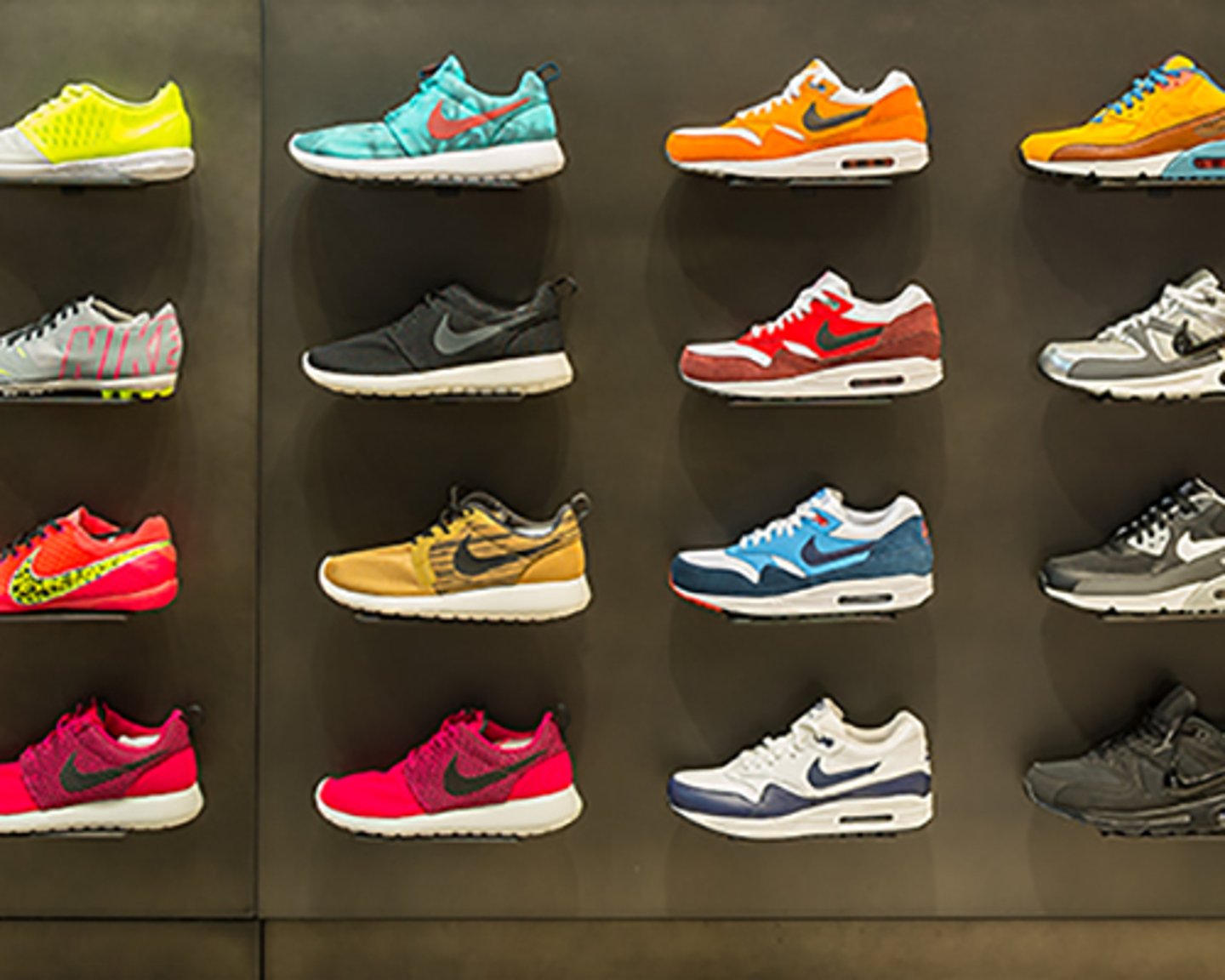Nike Ramps Up Data Science for Member Personalization
Ongoing supply chain issues took a worse-than-expected toll on Nike during its fiscal first quarter, as the company takes steps to mitigate unexpected factory shutdowns in Vietnam and Indonesia.
Despite the headwinds, however, the company remains exceedingly bullish about the overarching benefits of its membership strategy, which is now increasingly leveraging data and analytics for more personalized experiences.
Nike Inc revenue grew 16% in the quarter, to $12.2 billion, with Nike Direct sales up 28%. The company’s branded digital sales grew 29% — to represent 26% share of the business — while company-owned stores grew 24%. Wholesale grew just 5% thanks to a negative impact from the supply chain issues.
Elevated transit times were worse than anticipated during the quarter, further exacerbated by not only by port and rail congestion and labor shortages, but also factory shutdowns in Vietnam and Indonesia, the latter of which will take time to ramp back up, the company warned in an investors call.
While factories in Indonesia have resumed operations, nearly all in Vietnam remain closed, with production expected to begin in October. Pre-pandemic, it took about 40 days to move product from Asia to North America, but the supply chain issues has doubled the lead time to 80 days, said Nike president/CEO John Donohoe.
As a result, the No. 11 consumer goods company expects fiscal 2022 revenue to grow mid-single digits vs. the prior year instead of the low double-digit increase previously forecast. Revenue growth for Q2 is expected to be flat to down low-single digits, with the factory closures impacting production and delivery times for the holiday and spring seasons, including inventory shortages for the next few quarters.
Nike’s efforts to mitigate the impact include maximizing footwear production capacity in other countries; shifting apparel production out of Vietnam to Indonesia, China and other regions; and accelerating airfreight.
Member Growth
Despite the headwinds, the company shared progress on its member-driven digital transformation.
Although Nike’s physical retail revenue is approaching pre-pandemic levels, its digital business is still expected to be its leading growth channel in fiscal 2022 thanks to member purchases. Digital growth is led by outsized member buying, Donahoe said, which has recorded a 14-point penetration increase vs. last year.
“Our membership strategy is working as we increasingly use data and analytics to personalize member product offering and experiences,” he added, “and we're seeing this come to life as repeat buying members grew more than 70% in the quarter.”
[See also: Nike’s Analytics Strategy Now Sits Data Teams Next To Creative]
To propel the strategy, the company is enhancing membership, including introducing a new launch experience that was exclusive to its SNKRS app for the Off-White Dunk. As part of this, Nike delivered personalized purchase offers to members based on their engagement with SNKRS past purchase attempts, as well as other criteria leveraging data science to drive digital member targeting.
Case in point: 90% of invitations went to members who weren’t able to secure a prior Off-White collaboration within the last two years. As a result, the product was ultimately purchased by “hundreds of thousands of our most deserving members, creating what we call exclusivity at scale,” said Donohoe. This type of consumer experience is expected to have a positive impact across the entire business.
“We've seen that those who benefit from exclusive access on SNKRS spend more across Nike, fueled by the energy of their win,” he said.
As part of Nike efforts to increase its connection with children, it’s developed “Playlist,” a video series on YouTube and Nike.com with games, challenges and other content. Donahoe said the viewership numbers are exceeding its expectations, as the company leverages the children’s category to serve as an organic brand incubator across the company.
At physical retail, the company is investing in its store fleet to develop a more compelling retail footprint that better forges that digital bridge, especially with Nike members. This includes extending services like buy-online-pickup-in-store, ship-from-store, and in-store Nike app features across the globe.
[See also: Nike Tips Toe Into Refurbishment]
“What's clear across the marketplace, both owned and partnered, is how online-to-offline is becoming second nature,” said Donohoe. “We know that higher level of the connectivity across physical and digital are driving better consumer experience and loyalty.”
Nike’s digital sales now represent 21% of its total brand revenue, up 2 points vs. last year. As a result, the company is on track to achieve its goal of 40% owned digital business by fiscal 2025.
The company is also taking steps to scale its supply chain, including evolving its distribution network to deploy inventory closer to the consumer through the use of data and advanced analytics. The efforts are expected to benefits Nike’s service levels, fulfillment costs and sustainability efforts.
It opened two regional service centers this quarter — one in the U.S. and one in Spain — while its “Express Lane” speed-to-market strategy is increasing portfolio agility by creating locally relevant products on shorter lead times, as well as leveraging a shared inventory pool across its marketplace.






